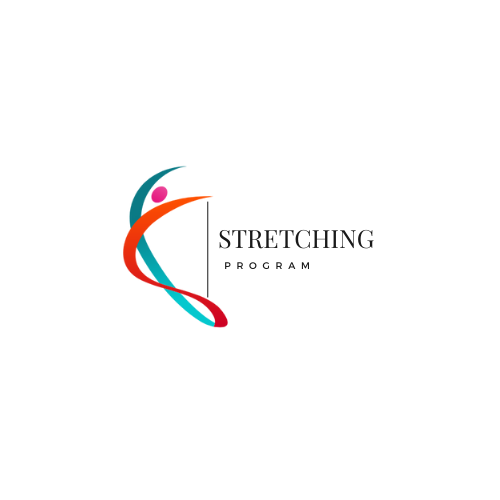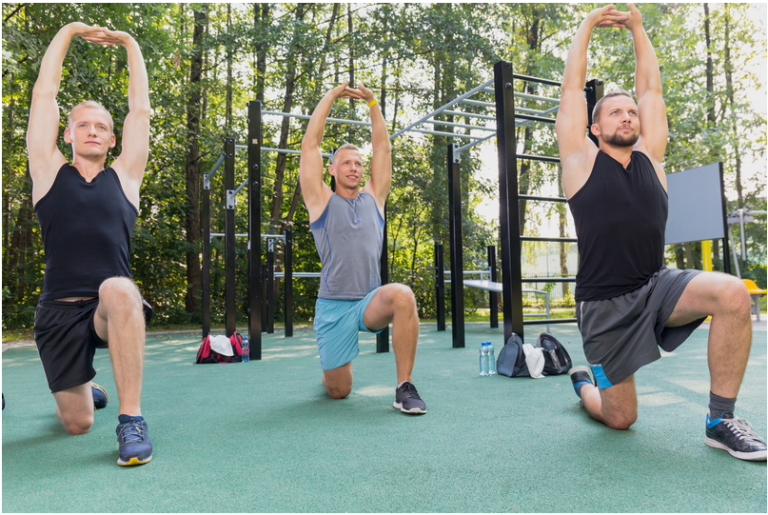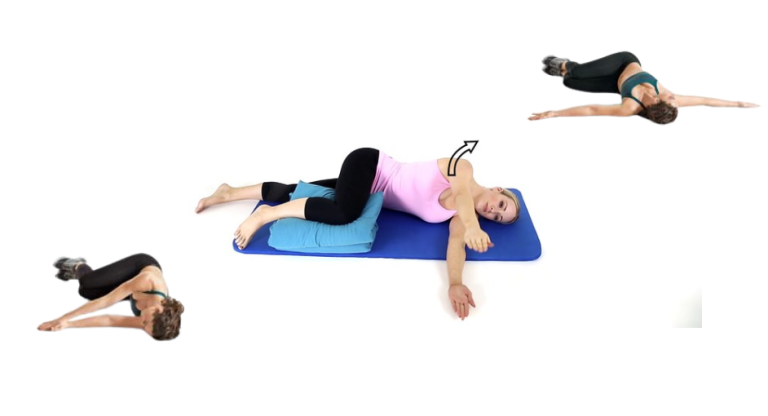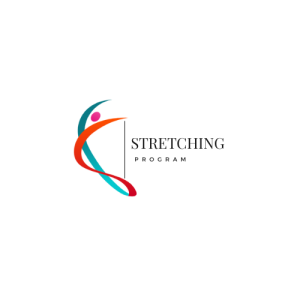
Why Stretching Gastrocnemius Muscle Matters | 6 Reason and How to Stretch
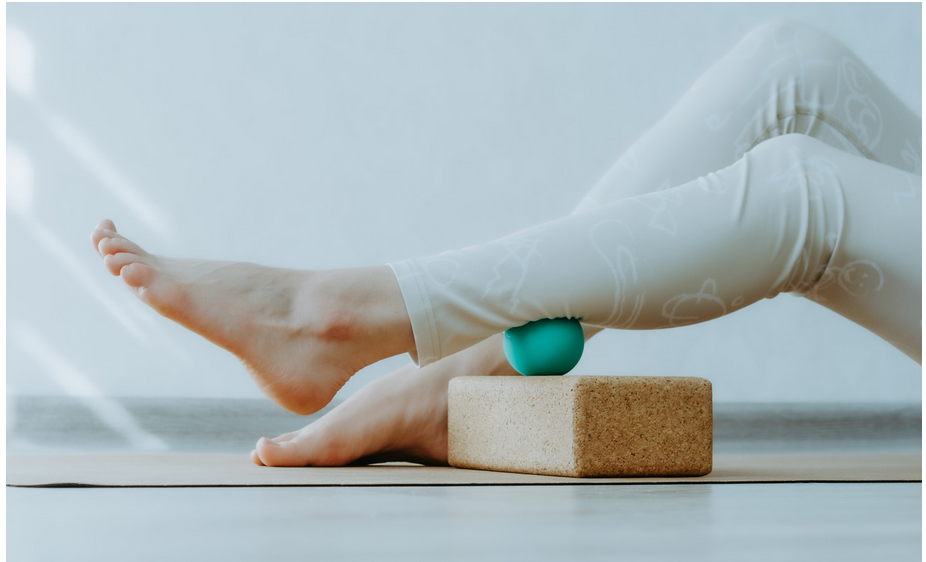
The gastrocnemius muscle is one of the two muscles that comprise your calf. It is located at the back of the lower leg and attaches to the heel bone through the Achilles tendon. The gastrocnemius muscle is responsible for flexing the ankle and extending the knee, which are important movements for walking, running, jumping, and other activities.
However, the gastrocnemius muscle can also become tight, stiff, or injured due to various factors, such as overuse, lack of stretching, poor footwear, or underlying conditions. Tight calf muscles can cause pain, reduced range of motion, and an increased risk of injuries such as Achilles tendonitis, plantar fasciitis, or calf cramps.
Therefore, stretching your gastrocnemius muscle regularly, especially before and after exercise, is important to keep it flexible, strong, and healthy. Stretching can also help reduce pain, improve blood flow, and prevent further damage.
In this article, we will show you how to stretch your gastrocnemius muscle effectively using simple and safe techniques that you can do at home, the gym, or the clinic. We will also explain why stretching your gastrocnemius muscle benefits your health and well-being.
What is the Gastrocnemius muscle, and where is it located?

The gastrocnemius muscle is one of the two muscles forming the calf and soleus muscles. The gastrocnemius muscle is the larger and more superficial of the two, meaning it is closer to the skin and more visible. The gastrocnemius muscle has two heads, the medial and the lateral, originating from the back of the femur (thigh bone) and inserted into the calcaneus (heel bone) through the Achilles tendon.
The gastrocnemius muscle is involved in several movements of the foot and ankle, such as plantar flexion (pointing the toes down), dorsiflexion (lifting the toes), inversion (turning the foot inward), and eversion (turning the foot outward). The gastrocnemius muscle also helps extend the knee, which is necessary for standing, walking, running, and jumping.
Why Should You Stretch Your Gastrocnemius Muscle?
Stretching your gastrocnemius muscle is important for several reasons, such as:
- Preventing or relieving tightness and stiffness in the calf, which can limit your mobility and performance,
- Reducing the risk of injuries, such as Achilles tendinopathy, plantar fasciitis, calf strains, or tears, which overuse sudden movements or excessive force on the muscle or tendon can cause.
- Improving blood circulation and oxygen delivery to the muscle can help speed recovery and healing.
- Enhancing flexibility and range of motion in the foot and ankle can improve your balance, stability, and coordination.
- Increasing strength and endurance in the calf can improve your power, speed, and agility.
- We promote relaxation and well-being, as stretching can release tension, stress, and pain in the muscles and surrounding tissues.
How to Stretch Your Gastrocnemius Muscle Effectively?
There are many ways to stretch your gastrocnemius muscle, but some of the most common and effective ones are:
Wall Stretch

The wall stretch is one of the easiest and most popular ways to stretch your gastrocnemius muscle. You will need a wall or a similar stable surface to do this stretch. Here are the steps to follow:
- Stand facing a wall, about an arm’s length away from it.
- Place your right foot behind your left foot, keeping your right leg straight and your right heel flat on the floor.
- Place your hands on the wall at shoulder level and lean your body forward, bending your left knee slightly.
- You should feel a stretch in the back of your right lower leg, especially in the upper part of your calf.
- Hold this position for 30 seconds, then switch legs and repeat.
- Do this stretch 2 to 3 times on each leg.
Band or towel stretch

The band or towel stretch is another simple and effective way to stretch your gastrocnemius muscle. You will need a band, a towel, or a similar elastic or flexible object to do this stretch. Here are the steps to follow:
- Sit on the floor with your legs extended in front of you.
- Wrap the band or towel around the ball of your right foot and hold the ends with your hands.
- Gently pull the band or towel towards you, keeping your right leg straight and your right heel on the floor.
- You should feel a stretch in the back of your right lower leg, especially in the upper part of your calf.
- Hold this position for 30 seconds, then switch legs and repeat.
- Do this stretch 2 to 3 times on each leg.
Step Stretch
The step stretch is another effective way to stretch your gastrocnemius muscle. You will need a step, a stair, or a similar elevated surface to do this stretch. Here are the steps to follow:
- Stand on the edge of the step with your heels hanging off the back.
- Hold onto a railing, a wall, or a chair for balance and support.
- Slowly lower your heels below the level of the step, feeling a stretch in the back of your lower legs, especially in the upper part of your calves.
- Hold this position for 30 seconds, then raise your heels back to the starting position.
- Do this stretch 2 to 3 times.
How Often Should You Stretch Your Gastrocnemius Muscle?
The frequency and duration of stretching your gastrocnemius muscle may vary depending on your goals, needs, and preferences. However, some general guidelines are:
- Stretch your gastrocnemius muscle at least 2 to 3 times a week, preferably more if you are active, have tight calves, or have a history of injuries.
- Stretch your gastrocnemius muscle before and after exercise, especially if you are doing activities that involve a lot of running, jumping, or changing directions.
- Stretch your gastrocnemius muscle gently and gradually, avoiding bouncing, jerking, or forcing the movement.
- Stretch your gastrocnemius muscle to the point of mild discomfort, not pain. Stop and consult a physiotherapist or a doctor if you feel any pain.
- Stretch your gastrocnemius muscle for at least 30 seconds per stretch, and repeat 2 to 3 times per leg.
What Are the Benefits of Stretching Your Gastrocnemius Muscle?
Stretching your gastrocnemius muscle can have many benefits for your health and well-being, such as:
- Improving your posture and alignment is important, as tight calf muscles can cause your feet to turn inward or outward, affecting your gait and balance.
- Reducing the pressure and stress on your foot and ankle joints, as tight calf muscles can cause excessive pronation or supination, leading to conditions such as plantar fasciitis, heel spurs, or bunions.
- Preventing or alleviating muscle cramps, spasms, or fatigue, as tight calf muscles can impair blood flow and oxygen delivery to the muscle, causing electrolyte imbalance and contraction.
- You are enhancing your athletic performance, as flexible and strong calf muscles can improve your power, speed, agility, and ability to absorb shock and prevent injuries.
- Increasing your comfort and enjoyment, as stretching can release tension, stress, and pain in the muscle and surrounding tissues, making you feel more relaxed and refreshed.
What are the risks of not stretching your gastrocnemius muscle?
Not stretching your gastrocnemius muscle can have negative consequences for your health and well-being, such as:
- Increasing the likelihood of injuries, such as Achilles tendinopathy, plantar fasciitis, calf strains, or tears, can be painful, debilitating, and require long recovery.
- Reducing your mobility and performance, as tight calf muscles can limit your range of motion, impair your balance and stability, and affect your gait and posture.
- Causing muscle fatigue, cramps, or spasms, tight calf muscles can interfere with blood flow and oxygen delivery to the muscle, causing electrolyte imbalance and contraction.
- Tight calf muscles can affect your quality of life and cause discomfort, pain, and stress, impacting your mood, sleep, and daily activities.
How to Strengthen Your Gastrocnemius Muscle?

In addition to stretching your gastrocnemius muscle, it is also important to strengthen it, as this can help prevent injuries, improve performance, and enhance your appearance. Strengthening your gastrocnemius muscle can be done by performing exercises that target the calf, such as:
Calf Raises
Calf raises are one of the most basic and effective exercises to strengthen your gastrocnemius muscle. You will need a step, a stair, or a similar elevated surface to do this exercise. Here are the steps to follow:
- Stand on the edge of the step with your toes on the surface and your heels hanging off the back.
- Hold onto a railing, a wall, or a chair for balance and support.
- Slowly raise your heels as high as possible, feeling your calf muscles contract.
- Hold this position for a second, then lower your heels below the level of the step, feeling a stretch in your calf muscles.
- Do this exercise 10 to 15 times, then rest and repeat 2 to 3 times.
Seated Calf Raises
Seated calf raises are another effective exercise to strengthen your gastrocnemius muscle. You will need a chair, a weight, or a similar object to do this exercise. Here are the steps to follow:
- Sit on a chair with your feet flat on the floor and your knees bent at 90 degrees.
- Place a weight, such as a dumbbell, a book, or a water bottle, on your right thigh near your knee.
- Lift your right heel off the floor, pushing the weight up with your calf muscle.
- Hold this position for a second, then lower your right heel to the floor, feeling a stretch in your calf muscle.
- Do this exercise 10 to 15 times, then switch legs and repeat.
- Do this exercise 2 to 3 times on each leg.
Band or towel curls
Band or towel curls are another simple and effective exercise to strengthen your gastrocnemius muscle. You will need a band, a towel, or a similar elastic or flexible object to do this exercise. Here are the steps to follow:
- Sit on the floor with your legs extended in front of you.
- Wrap the band or towel around the ball of your right foot and hold the ends with your hands.
- Gently curl your right toes towards you, feeling a contraction in your calf muscle.
- Hold this position for a second, then relax your right foot, feeling a stretch in your calf muscle.
- Do this exercise 10 to 15 times, then switch legs and repeat.
- Do this exercise 2 to 3 times on each leg.
Summary
In summary, the gastrocnemius muscle is vital for your foot and ankle movements, as well as your knee extension. However, the gastrocnemius muscle can also become tight, stiff, or injured due to various factors affecting mobility, performance, and well-being. Therefore, regularly stretching and strengthening your gastrocnemius muscle is important, using simple and safe techniques that you can do at home, the gym, or the clinic. By doing so, you can enjoy the benefits of improved flexibility, strength, and health in your calf. Here are the main points to remember:
- The gastrocnemius muscle is one of the two muscles that comprise your calf. It is located at the back of the lower leg and attaches to the heel bone through the Achilles tendon. The gastrocnemius muscle is responsible for flexing the ankle and extending the knee, which are important movements for walking, running, jumping, and other activities.
- The gastrocnemius muscle can become tight, stiff, or injured due to various factors, such as overuse, lack of stretching, poor footwear, or underlying conditions. Tight calf muscles can cause pain, reduced range of motion, and an increased risk of injuries such as Achilles tendonitis, plantar fasciitis, or calf cramps.
- Stretching your gastrocnemius muscle regularly, especially before and after exercise, can help prevent or relieve tightness and stiffness in the calf, reduce the risk of injuries, improve blood circulation and oxygen delivery to the muscle, enhance flexibility and range of motion in the foot and ankle, increase strength and endurance in the calf, and promote relaxation and well-being.
- Some of the most common and effective ways to stretch your gastrocnemius muscle are the wall stretch, the band or towel stretch, and the step stretch. These stretches can be done at home, the gym, or the clinic, using simple and safe techniques that you can do by yourself or with a partner.
- Strengthening your gastrocnemius muscle can also help prevent injuries, improve performance, and enhance your appearance. Strengthening your gastrocnemius muscle can be done by performing exercises that target the calf, such as calf raises, seated calf raises, and band or towel curls. These exercises can be done at home, the gym or the clinic using simple and safe equipment you can find or make.
We hope you find this article helpful and informative. If you have any questions, comments, or feedback, please leave them below. Thank you for reading, and happy stretching!
References
- Chronic Effects of Static Stretching Exercises on Muscle Strength and Power in Healthy Individuals Across the Lifespan: A Systematic Review with Multi-Level Meta-Analysis
- Effect of a 5-week static stretching program on the hardness of the gastrocnemius muscle
- Effects of an acute about of dynamic stretching on the biomechanical properties of the gastrocnemius muscle determined by shear wave elastography
- Effects of Stretching Types on Gastrocnemius
- The effects of static stretching programs on muscle strength and muscle architecture of the medial gastrocnemius
